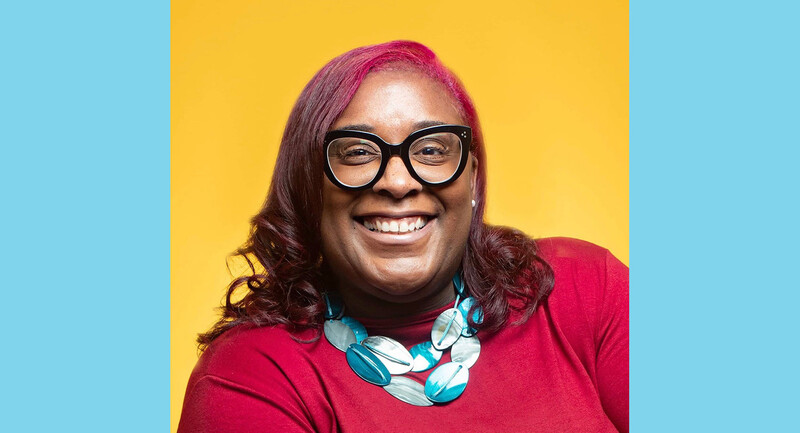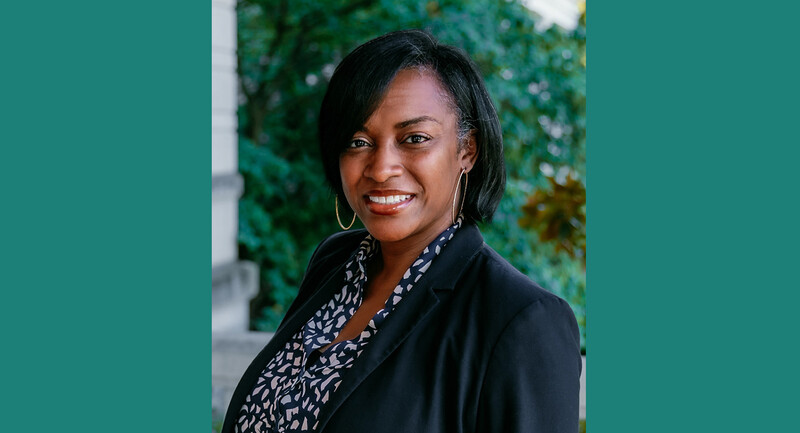To prepare young people for life outside the school walls, some states and school districts are mandating that graduates understand budgeting and personal finance.
Lawmakers in Ohio, propelled by the state's dubious distinction as the leader in home foreclosures in the nation in 2006, made financial literacy a high school graduation requirement. Other states and school districts are considering similar measures. Tennessee, Missouri, and Utah mandate a semester-long personal finance course for graduation, and 17 other states integrate personal financial education into required subjects, such as economics.
As the economic downturn has spread throughout the United States and many nations around the world, some schools have been looking for strategies to help students deal with the real economic world so that it doesn't overwhelm them after they graduate.
High school seniors "continue to struggle with financial literacy basics," says Lewis Mandell, a senior fellow at the Aspen Institute's Initiative on Financial Security and Kermit O. Hanson Visiting Professor of Finance and Business Economics at the University of Washington.
A 2008 survey of the personal financial literacy of high school seniors showed that students scored an average of 47.5 percent—a slight decline from 2006—according to the Jump$tart Coalition for Personal Financial Literacy, which sponsors the biennial survey.
"The 2008 Jump$tart score for high school seniors is the lowest on record. I would say they are pretty financially illiterate," says Mandell, who administered the survey.
Financial literacy education for older students should include "a high degree of interaction accompanied by a strong and consistent message of motivation" about why this is important to learn and remember, Mandell says.
Ohio's Investment in Financial Literacy
In Ohio, where school districts now require graduates to be financially literate, administrators are seeing uneven results.
"The problem is that districts can implement [the financial literacy requirement] in so many different ways," says Michelle Pearson, director of community education for the Ohio treasurer's office. "Some districts have expressed their desire to have a semester-long, stand-alone course, which is what we would absolutely recommend. Others may just incorporate it into an existing program. Some may do it in a meaningful way; others may not. That's why we're trying to recognize schools doing financial literacy the right way."
One inner-city Cleveland school's efforts have put many of its students ahead of the financial literacy curve. For six years Cleveland Central Catholic High School, which is located in a neighborhood dubbed by national media as the epicenter of the foreclosure disaster, has been offering a variety of personal financial classes to its 560 students and their families, half of whom can contribute less than $200 toward a $6,500 tuition bill. The school's matrix of programs recently won recognition from Ohio's treasurer and its Department of Education as an exemplar for schools seeking to fulfill the state's financial literacy mandate by 2010.
Initially, Cleveland Central Catholic only offered financial literacy courses to students who received tuition grants from a local bank, which stipulated such training for grants awardees. In 9th grade, awardees and their families attend a workshop in which they learn banking and finance basics. In 10th grade, the same students take two semesters of personal finance. In 11th grade, they enroll in accounting through the school's business department, and as seniors the students take a course called "Banking Systems and Investing in the Future."
"The kids are beginning to realize that it's important to know this kind of information," says Sister Allison Marie Gusdanovic, who notes that general enrollment in the personal finance and accounting courses has increased as students understand the importance of such knowledge. All seniors also study economics as a component of their government class.
This year all 9th graders also used the 4-H's Real World, Real Money curriculum, which prepares them to take part in a half day of simulations. During that time, they devise family budgets that include spending on housing, clothing, food, and entertainment based on a designated salary level, family size, and tax bracket.
"It was very eye-opening to them. We had students who didn't know where the money comes from in ATMs or what the IRS is," Gusdanovic says. "They started to realize what money means to a family. Many of them said, 'I'm not going to ask my mother for money all the time,' because they now realize all the things she has to take care of."
Cleveland Central's personal finance teacher, Carol Troxell, has students create podcasts, brochures, or posters to help reinforce concepts they feel are most important to them. For example, students have created podcasts about setting goals, investing and compounding, determining needs versus wants when shopping, and understanding credit ratings.
"Even if students only take away one aspect of the yearlong class, they'll benefit greatly once they get out there in the real world," Troxell says.
Monitoring the Cash Flow in Wyoming
All juniors and seniors at Triumph High School in Cheyenne, Wyo., take a 9-week financial literacy course as part of an 18-week life skills class. Many students at the alternative school have jobs, and others live on their own; therefore, the skills they gain in the course have an immediate value, says Michelle Aldrich, a family and consumer science teacher who teaches the course.
"I want students to have the tools they need in order to be financially successful," Aldrich says. She uses the National Endowment for Financial Education's free High School Financial Planning Program as her financial literacy curriculum, and learning objectives for her students include understanding the difference between needs and wants, managing money, and using a budget as a tool that adjusts to meet a person's or a family's changing circumstances.
Its checkbook simulation exercise, for example, in which students balance the credits and debits over a six-month period, drives home to students the importance of keeping track of cash flow—in and out.
"This generation is very debit card-oriented. They pay for things online. Even very few of the Gen Yers or Gen Xers use checking accounts," Aldrich points out. "But you still need to record your debit card usage and balance your bank statement," and that includes hanging on to those receipts from ATM and debit card transactions.
Because a majority of her students are also working to help their families, pay rent, or finance car ownership, Aldrich teaches them to understand the role of insurance and the value of investing, financial activities with which most high school students are unfamiliar.
"We stress the importance of saving [through] 'paying yourself' 10 percent of each paycheck," Aldrich says. Skipping Starbucks on a daily basis or forgoing cigarette smoking are other recommendations she offers students that personalize and instill in them a habit of saving.
Her students also analyze financial operations like payday lenders and pawn shops, which tend to take advantage of families who are cash poor. Payday lenders give cash at exorbitant interest rates in advance of a paycheck, which gets applied to the debt. "It becomes a vicious cycle because you're short every paycheck," Aldrich tells students.
Hands-On Financial Decision Making
To ensure that students make sound financial decisions as adults, financial education experts contend that schools and families should start fostering financial literacy before the teen years. Fairfax County Public Schools, in Virginia, has worked with private and nonprofit organizations to run a pilot course on personal finance for 8th graders.
As part of their civics and economics class, students study concepts such as net monthly income, banking, budgeting, and investing. They then participate in financial simulations at the Mobile Finance Park, which is staffed by Junior Achievement and global financial services provider Capital One. After being assigned a random demographic, which includes family size, salary, and tax bracket, students conduct mock financial transactions. In two 53-foot converted semis, they make their way through 12 stations where they meet with mortgage lenders, real estate agents, stores, and credit card companies. Their goal is to have both savings and money left over at the end of a month.
The Mobile Finance Park experiment, funded by Capital One, serves four to five schools annually, and 8 of 10 students in Fairfax County said they learned new information that they can use in daily life.
"We have heard very positive comments from teachers, students, and parents," says Alice Reilly, K–12 social studies coordinator for the district.
"Parents have frequently said, 'I wish all my kids could have had this; I wish I had this when I was in school.'"
As a result of such positive feedback, the district plans to partner with Junior Achievement to build a brick and mortar facility for financial education this year. Junior Achievement has six permanent finance parks across the country.
Fairfax County will require all 8th graders, about 12,000 students, to take the semester-long course that culminates in hands-on learning at the facility. The program will help Fairfax County schools meet Virginia's requirement that all students be taught economics and financial literacy in middle school or high school.








